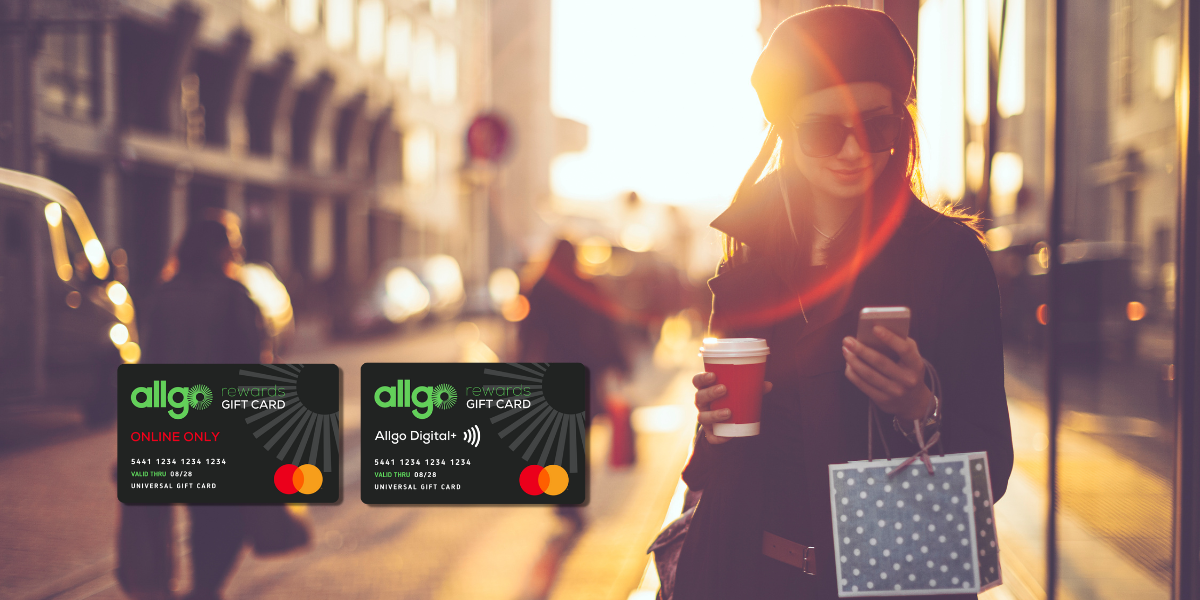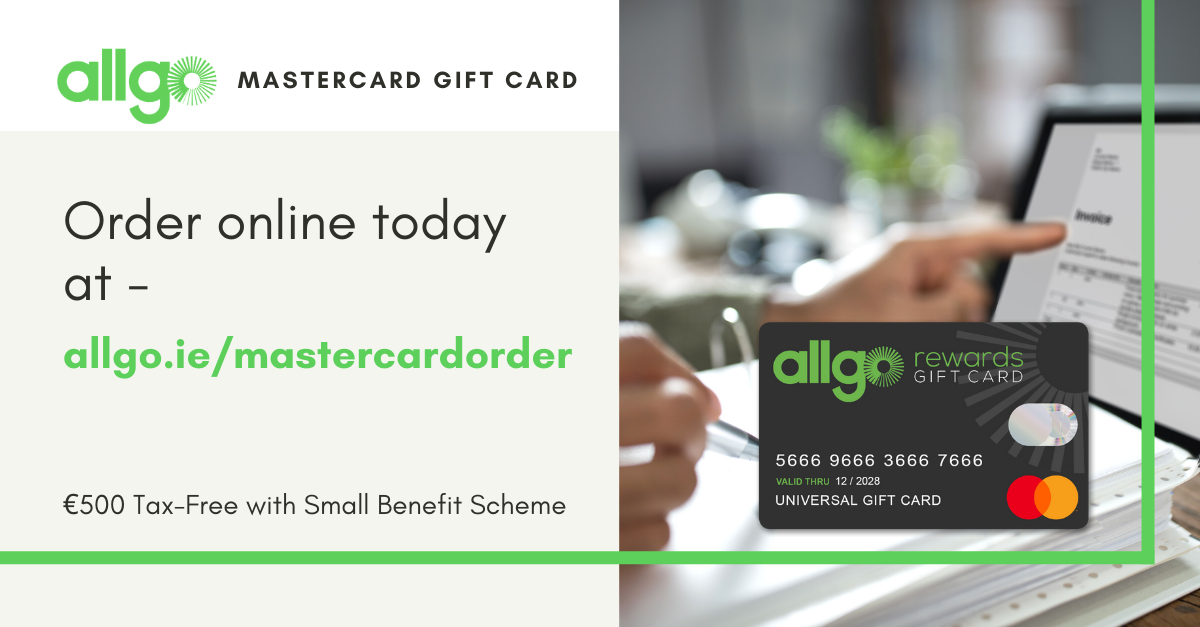
Every company is different, and every company has different goals, culture, and employee profile, so when putting an employee reward programme in place, it is important that is tailored to your company’s specific needs.
However, to launch a successful employee recognition programme that engages staff and delivers the desired results, there are common pitfalls that every company should try to avoid. From our extensive experience of running incentive & reward programmes, here 12 of the most common pitfalls Allgo has seen-
1. Lack of Leadership
Buy-In Before any employee reward & recognition programme is launched, it is vital that it has the active buy-in from the company leadership. Without this, the programme is doomed to mediocrity, if not downright failure.
2. Unclear Programme Goals
While many companies start the process of looking at employee recognition from results of their employee survey, or reviewing figures on staff attrition or turnover, it is vital that the goals for the programme are clearly articulated before the programme is finalised.
This can be a mixture of hard and soft targets, and it is better to start off with a smaller number of easily communicated goals and then broaden out the programme in time. Employee Recognition Programme goals could include sales targets, attendance goals and learning & development milestones.
3. Choosing the Right Reward Programme(s)
Obviously once you know the results you want to achieve from an employee reward & recognition programme, it makes it easier to assess what type of programme to go for. Reward programme which recognises service milestones together with attendance and manager-nominated monthly rewards is common combination-type programme.
4. Making it too Complicated
Keep it simple, especially at the start is our mantra in Allgo. From measurement to messaging, it is vital that everyone in the company understands the basics of the what and the how, especially at the start.
For employees, the main questions are what do I need to do, and how will I be rewarded? For HR, the questions are what will be measured, and how will we report on it?

5. Approval Causing Delays
Sometimes, in trying to make the programme too complicated, or in insisting that someone (usually HR) has to approve all rewards, there can be an unacceptable delay between the action and the recognition.
This not only lessens the effect, it can also lead to frustration and disengagement with the programme. Generally to keep engagement high, it is better to issue lower value rewards more frequently rather than one-off rewards less frequently.
6. Neglecting the Education Piece
All employee reward programmes are looking to re-inforce behaviours, reward good performance or encourage effort in specific areas. Therefore, often the reward programme needs to be part of a bigger change programme or education programme. The education piece can really work in tandem with rewards to make both most effective than in isolation.
7. Too Much HR Admin!
Sometimes even the best programmes end up taking too much time to administer. Often HR are brilliant at understanding the programme required and putting it in place, forgetting that it takes constant attention and management to keep a programme engaging and effective after it is launched.
Problems can include miscalculating rewards, omitting people for rewards, undue delays in rewarding people, having to manage reward stock, damaged and return goods, and deliveries going missing.
8. Not Communicating Enough
The communication aspect of any reward programme is equally if not more important than the rewards themselves. There is no point in rewarding employees and keeping it secret (that’s the definition of a pay increase in fact!).
Communication keeps all employees informed and engaged with the programme, provides for proper recognition of recipients, and makes the experience much more impactful. Some of the most engaging communication include launch events, monthly eZines and personalised emails.
9. Levels of Rewards
During the reward programme development phase, one of the key questions we get is always what level of rewards should be offered? We have seen great programmes fail to engage with its audience because the perceived rewards were just not worth the effort involved for employees.
A general rule of thumb is that an employee needs to be able to build to a minimum of €50 in order to be engaged with arrears programme – any less than that risks the “meh” reaction. Reward type is also very important, and is a combination of budget and employee profile. For instance, points that can be built all year, and then redeemed for retail gift cards at Christmas generally have the widest appeal, though some companies prefer specifying particular rewards such as technology gadgets, travel prizes or family holidays.
10. The Engagement Triangle
We always say that there are three sides to every successful employee reward & recognition programme – the Engagement Triangle. These are -
• Goals – clearly understanding the goals of the programme and for employees what they need to do to earn rewards;
• Recognition – it is not enough just to reward the result in secret, the employee must be recognised! This can simply be a compliment from their manager or a call-out at a company event, or social recognition ;
• Reward – while it is vital to recognise and acknowledge the employee results, recognition on its own can become a little shallow. If backed up with a reward, then a real value is placed achievement and deepens the appreciation.
It is vital to include all three and to get the balance right between the three.
11. Focussing only on the Tax Saving
Since the tax-free reward limit (Small Benefit Scheme) in Ireland was increased to €500 per employee per year from €250 in 2015, many companies have started to look at how this can be used for reward & recognition. And rightly so.
While for some companies, this fits exactly with the type of programme they want to run, for others it interferes too much with its effectiveness. For this reason, whether the SBS is used or whether the company pays the BIK on rewards issued (and the cost difference between the two can be huge), there is no point in making a programme taxefficient, if the effect is the programme fails to engage.
12. Not Evolving, Refreshing the Programme
Companies are not static, and neither should your reward & recognition programme be. While a new programme always gains engagement in the first year because of its novelty and launch effort, there is a need for constant evolution.
Examples of how to do this include monthly double points, quarterly annual events and prizes or celebrating programme milestones (1000th reward, annual programme birthday event).
Read more: How to Calculate the ROI on Employee Recognition >
If you would like to talk to Allgo about putting in place an employee recognition programme to engage you staff, don't hesitate to contact us today.
Download the eBook
In the latest eBook from Allgo, we look in detail at employee engagement - what is is, what it does, how to measure it, and how to improve it in your organisation. Download it for free today by clicking the Download Now button below.





